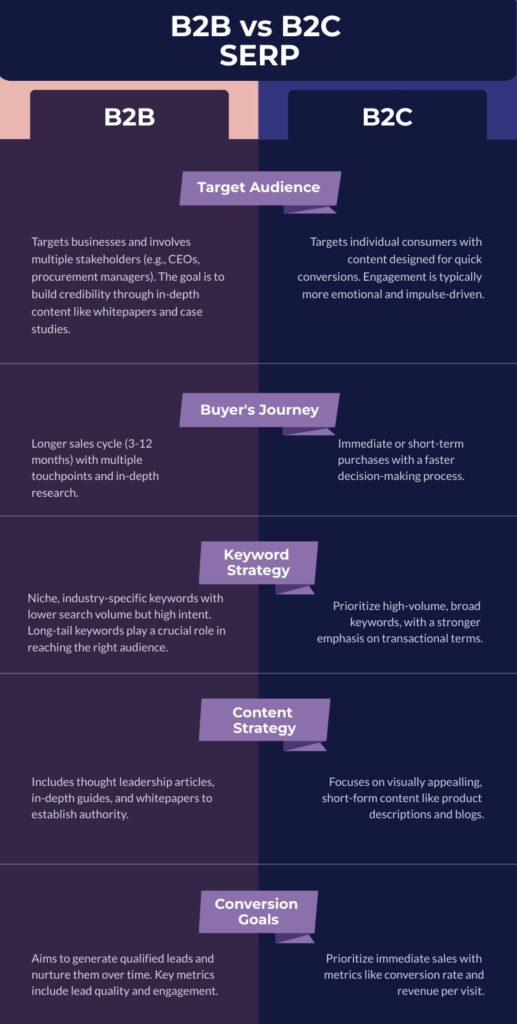Google Shopping receives around 1.2 billion searches every month, making it one of the most powerful platforms for product discovery and ecommerce intelligence. Whether you’re a marketer, data analyst, or product manager, learning how to scrape Google Shopping data can unlock massive insights into trends, pricing, and competitors.
In this post, we’ll show you how to scrape Google Shopping results using a SERP API—specifically, how Traject Data’s SERP API makes this process efficient, scalable, and compliant.
Why Scrape Google Shopping?
Scraping Google Shopping results gives businesses access to a treasure trove of data that can support smarter decisions, better SEO strategies, and sharper competitive analysis. Here’s what you can do with the data:
🔍 SEO Strategy Optimization
Monitor your website’s rankings, analyze competitor placements, and find the keywords that drive traffic in your industry.
🏆 Competitive Analysis
See how your competitors price their products, where they rank in organic and paid listings, and what kind of messaging they use.
📈 Market and Consumer Insights
Discover trending products, customer search behavior, and emerging needs—insights that can shape product development and marketing campaigns.
👥 Lead Generation
Extract contact details and business information from listings to fuel sales outreach.
✍️ Content Creation & Ideation
Analyze top-ranking pages and product descriptions to generate new content ideas or improve existing ones.
📣 Brand Monitoring
Track how your brand shows up on Google, monitor sentiment, and stay ahead of potential reputation issues.
💰 Advertising & Pricing Intelligence
Keep tabs on competitors’ ad placements, promotions, and pricing strategies in real time.
⚙️ Efficient & Scalable Data Collection
Automated scraping beats manual research in speed, accuracy, and cost-effectiveness—especially at scale.
| Benefit | Description |
|---|---|
| SEO Optimization | Track rankings, discover keywords, and refine strategies |
| Competitive Analysis | Monitor competitor pricing, positions, and campaigns |
| Market Insights | Spot trends and consumer demands early |
| Lead Generation | Gather contact details for outreach |
| Content Ideation | Create content based on search behavior and top pages |
| Brand Monitoring | Track mentions and manage reputation |
| Ad & Pricing Intelligence | Monitor ads, adjust pricing strategies |
| Scalable Data Collection | Automate data collection to save time and reduce errors |
Best Practices: How to Scrape Google Shopping Responsibly
Scraping can be incredibly valuable, but it must be done thoughtfully and ethically. Here are best practices to follow when scraping Google Shopping results:
- Scrape Only Public Data: Focus on publicly visible information like product titles, prices, ads, and retailers—not personal or sensitive data.
- Use Rate Limiting: Avoid sending too many requests too quickly to prevent getting blocked.
- Respect Google’s Terms of Service: While viewing data is legal, scraping can violate Google’s TOS—so proceed carefully.
- Follow Privacy Laws: Be aware of data protection regulations like GDPR and CCPA.
- Use a Reliable SERP API: Google employs strong anti-scraping technology. To avoid issues, it’s best to use a professional scraping service like Traject Data.
How to Scrape Google Shopping Results with Traject Data
If you’re wondering how to scrape Google Shopping without getting blocked or bogged down by code, Traject Data makes it simple.
Here’s how it works:
🔑 Step 1: Get API Access
Sign up for a Traject Data account and receive your SERP API key.
🔍 Step 2: Configure Your Query
Set up your request with parameters like:
- Product search term
- Location targeting
- Filters like price range or condition
🧾 Step 3: Retrieve Structured Data
Your request returns structured data (typically in JSON format) with details like:
- Product title
- Price
- Retailer name
- Ad position
- Rating
You can then integrate this data into your dashboards, analytics tools, or pricing engines.
Additional Resources to Get Started
- Read the full documentation: docs.trajectdata.com
- Watch our quick-start video: welcome to serpwow
- Read Traject Data’s Success Stories
Why Use Traject Data’s SERP API?
Here’s why Traject Data stands out for scraping Google Shopping results:
- Scalable Performance: Handle thousands of requests daily without throttling or downtime.
- Accurate Results: Get fresh, reliable data from real-time scraping technology.
- Localized Insights: Pull results based on specific geographic locations or user preferences.
- Developer-Friendly: JSON responses are easy to work with, and the API is built for flexibility and speed.
- Cost-Effective: Avoid the overhead of building and maintaining your own scraping tools.
Make Smarter Ecommerce Decisions with Traject Data
When you know how to scrape Google Shopping the right way, you can tap into powerful insights that help you optimize campaigns, adjust pricing, and outmaneuver your competition. Traject Data’s SERP API is designed to make that easy—with accurate, scalable access to the data you need.
Ready to start scraping Google Shopping like a pro?
Explore Traject Data’s SERP API today and take your data strategy to the next level.
Ready to See What Traject Data Can Help You Do?
We’re your premier partner in web scraping for SERP data. Get started with one of our APIs for free and see the data possibilities that you can start to collect.

